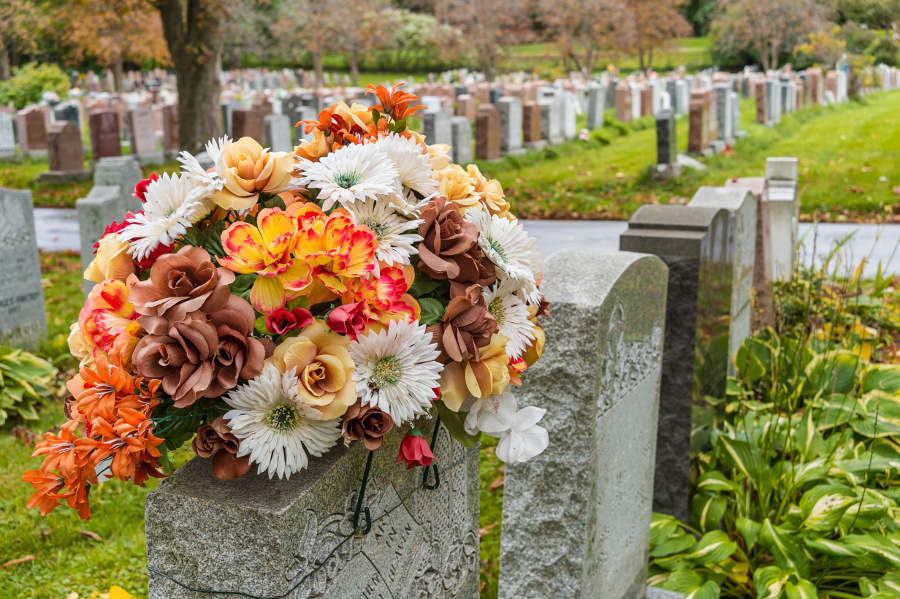Flowers, with their delicate petals and vibrant hues, have been woven into the fabric of human history, especially in the solemn moments of bidding farewell to our loved ones. The journey of funeral flowers spans epochs and civilizations, marking the passage of time through the intricate tapestry of grief and remembrance.
Early Encounters with Floral Tributes: A Tapestry Unfolds
In the annals of history, funeral flowers make their first appearance in prehistoric burial sites in Iraq, dating back to 62,000 B.C. The petals, carefully placed on the departed, whispered offerings and respect. This marked the beginning of a tradition that transcends time, showcasing the universal human appreciation for the ephemeral beauty of blooms.
Ancient Egyptians and the Power of Flowers: Navigating the Afterlife
The ancient Egyptians, renowned for their elaborate funerary rituals, held a profound fascination with the power of flowers. Lotus and chrysanthemum, among others, weren’t just flora; they were vessels believed to transport the departed to the afterlife. The symbolic strength of these blooms continues to echo through millennia, a testament to the enduring connection between life, death, and nature.
The Greeks and Romans: Beauty Amidst Loss:
In ancient Greece and Rome, funeral flowers took the form of wreaths, meticulously crafted from lilies, roses, and myrtle. These floral arrangements were not just symbols of mourning but artistic expressions celebrating the life of the departed. Even in sorrow, the Greeks and Romans found solace in the beauty of flowers, showcasing the resilience of the human spirit.
Medieval Europe: Flowers and Christian Symbolism:
In the Middle Ages, funeral flowers became intertwined with Christian beliefs. Beyond mere decoration, each bloom held profound meaning. The white lily symbolized the purity of the Virgin Mary, while red roses represented Christ’s blood. Flowers became visual conduits for understanding Christian teachings, integrating seamlessly into the cultural and religious tapestry of medieval Europe.
Victorian Era: A Language of Flowers:
The Victorian era witnessed the rise of floriography, a language of flowers. Each variety carried a specific meaning, transforming funeral wreaths and bouquets into intricate messages of love, grief, and remembrance. This era marked a unique intersection of human sentiment and the symbolic power of blooms.
The Modern Era: Flowers and Grief:
In our contemporary landscape, funeral flowers continue to hold a special place in ceremonies. They serve as tangible expressions of love and respect, offering comfort to grieving hearts. Whether a simple bouquet or an elaborate arrangement, flowers remain enduring symbols, guiding individuals through the labyrinth of sorrow.
Exploring Diverse Traditions: A Global Floral Mosaic:
The use of funeral flowers varies across cultures and religions. From Buddhist lotus flowers symbolizing purity to Hindu marigolds honoring the departed, each bloom carries cultural significance. Understanding these diverse traditions becomes a poignant way to pay homage to the departed and appreciate the timeless beauty of funeral flowers.
The Enduring Legacy of Floral Tributes:
From ancient times to the present, funeral flowers stand as a powerful symbol of love, loss, and remembrance. Their beauty transcends generations, offering solace and comfort to those navigating the complexities of grief. As we continue to evolve in our understanding of death and remembrance, funeral flowers remain a timeless and meaningful companion in the journey of saying goodbye.







